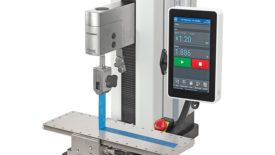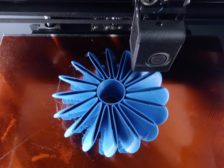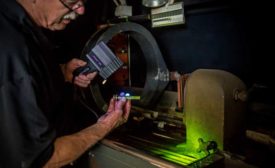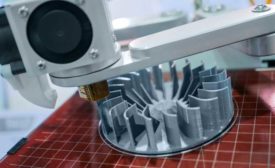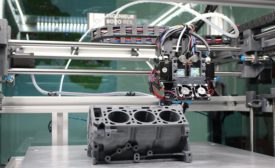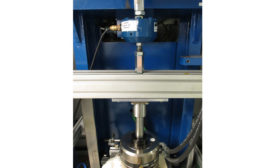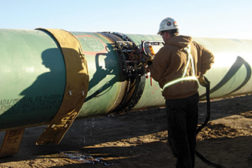Home » Keywords: » American Society for Testing and Materials (ASTM)
Items Tagged with 'American Society for Testing and Materials (ASTM)'
ARTICLES
Quality 101
Materials testing submits a material or product to a thorough, in-depth "check-up" to ensure overall quality.
Read More
Additive Manufacturing Standards
Manufacturers should be aware of the many standards for this technology.
May 7, 2021
NDT Compliance: The Proper Test for High Quality Lamps
Standards are constantly getting upgraded to make NDT safe and reliable for inspectors and the public.
November 8, 2019
NDT
Materials Testing Standardization in Metal Additive Manufacturing
Even with the use of existing standards, several notable gaps remain.
October 1, 2019
Additive Manufacturing Standards Aim to Keep Pace with Technology
ASTM launches Additive Manufacturing Center of Excellence with industry partners.
August 1, 2018
Turn and Face the Strain
A Q&A with Instron’s Peter Bailey and Exova’s Jonathon Pugh on the evolution of fatigue testing in the aerospace sector.
July 1, 2016
A Deep Dive into NDT Standards
Two nondestructive testing experts explain the standards process.
June 9, 2015
Stay in the know with Quality’s comprehensive coverage of
the manufacturing and metrology industries.
eNewsletter | Website | eMagazine
JOIN TODAY!Copyright ©2025. All Rights Reserved BNP Media.
Design, CMS, Hosting & Web Development :: ePublishing
